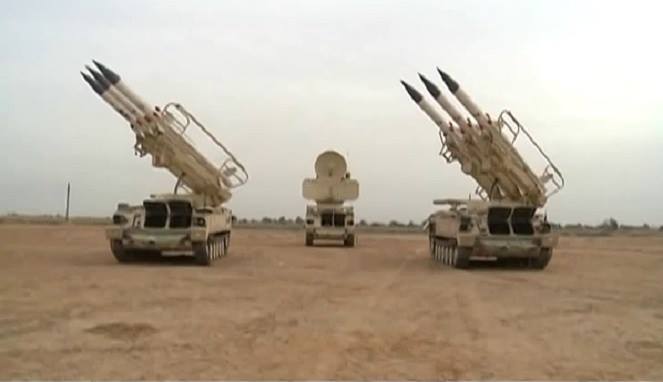Colin Parkinson
Army.ca Myth
- Reaction score
- 9,170
- Points
- 1,160
I was not aware that the Taliban had an air force that we would need an escort to protect us from? ;D
We are replacing our CF-18’s with fewer F-35, although the initial availability will be higher than current aircraft, as the fleet matures, that will change. It’s also unclear if the training loss rate will be the same or less than the CF-18, but we won’t be able to bear the same number of training losses. It would be interesting to see across the nations what the exchange rate for aircraft will be, but I do not think anyone is replacing on a 1 for 1 basis, I may be wrong on that.
We are replacing our CF-18’s with fewer F-35, although the initial availability will be higher than current aircraft, as the fleet matures, that will change. It’s also unclear if the training loss rate will be the same or less than the CF-18, but we won’t be able to bear the same number of training losses. It would be interesting to see across the nations what the exchange rate for aircraft will be, but I do not think anyone is replacing on a 1 for 1 basis, I may be wrong on that.



